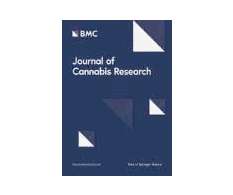Cannabis for Lupus: Here’s How Cannabinoids Relieve Inflammation
Greencamp
AUGUST 25, 2018
Tinctures and topicals are a good choice for rashes, swelling and joint pain. This strain (which is a genetic mixture of industrial hemp combined with regular cannabis), has a very high percentage of CBD, with a very low concentration of THC (<0.3%), causing virtually no psychoactive effects. Granddaddy Purple. Harlequin.













Let's personalize your content